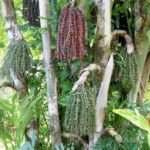Snake tongue is the common name for the plant Hedyotis corymbosa, a wild herb found across Vietnam, particularly in humid and cool areas. This unassuming plant has a wide range of health benefits and is used in traditional Vietnamese medicine.
1. What is Snake Tongue?
Origin and Significance of Snake Tongue
Snake tongue, scientifically known as Hedyotis corymbosa (L.) Lam., is a member of the Rubiaceae family, which includes coffee plants. It goes by various common names such as single-line, wang tai su, noc soi, (white-flowered) snake-needle grass, coc man, and cuong snake-needle grass.
This plant is typically found in tropical climates such as China, India, Thailand, Vietnam, Indonesia, and Laos.
All parts of the snake tongue plant can be used medicinally and are usually harvested during the summer when the plant is in bloom. It can be used fresh or dried for later use.
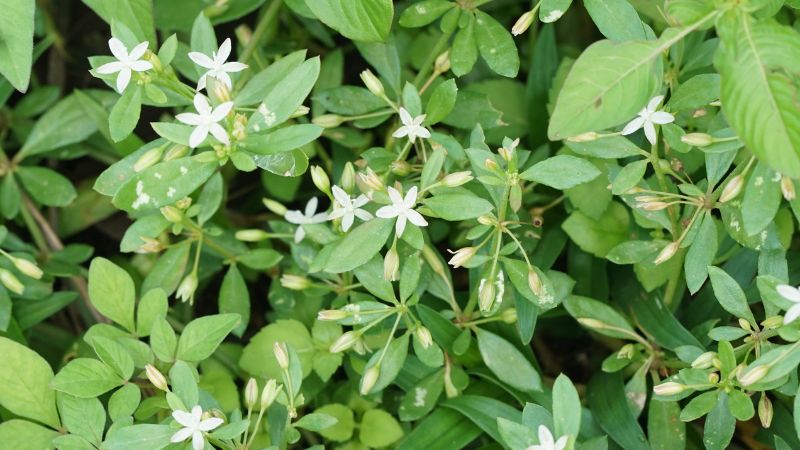 Snake Tongue Plant
Snake Tongue Plant
Characteristics and Classification of Snake Tongue
Snake tongue is a herbaceous plant with small, soft, weak, smooth stems that branch out. It typically grows to a height of 10-25 cm and is commonly found growing wild on rice field edges, roadsides, or mountain slopes.
The stems have a square cross-section and are pale brown or purple in color, rounding out at the base. The roots of the snake tongue plant are typically shallow and may form tubers.
The flowers grow in clusters of 2-4 in the leaf axils or at the branch tips. They are bisexual and range in color from white to pale purple.
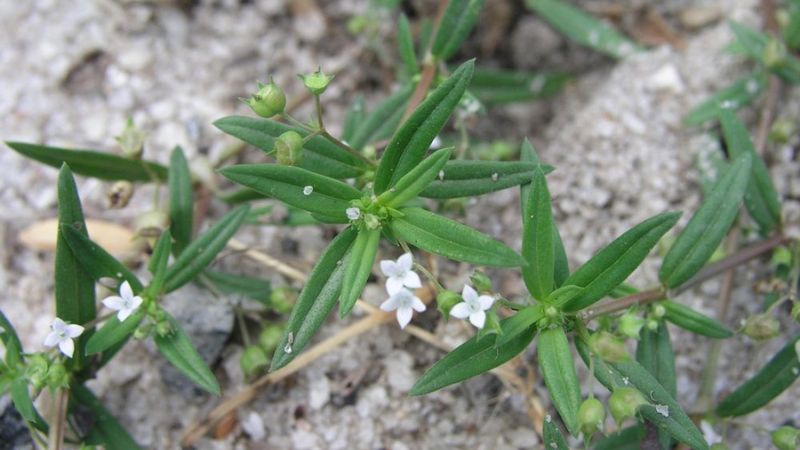 Characteristics and Classification of Snake Tongue
Characteristics and Classification of Snake Tongue
2. Medicinal Uses of Snake Tongue
Pharmacological Effects of Snake Tongue
-
In traditional medicine, snake tongue is believed to have detoxifying, diuretic, blood-stimulating, and tumor-inhibiting properties.
-
Modern research suggests that it may help suppress the growth of colorectal cancer.
-
In China, it is commonly used to treat pediatric pneumonia, high fever, epilepsy in children, and stomach pain. Additionally, it can be used both orally and topically to treat snakebites, hives, mastitis, boils, fractures, trauma from falls, and gastric ulcers.
Liver Protection
Studies by Indian researchers found that the methanolic extract of snake tongue has hepatoprotective and cholagogic properties. Furthermore, Chinese research indicates its ability to inhibit the growth of early-stage liver cancer and colorectal cancer, suppress tumor development, and treat liver and gallbladder disorders.

Suggested Remedies Using Snake Tongue
Snake tongue is commonly used in remedies, both orally and topically. When taken orally, the daily dosage can be as high as 160 grams, while no specific dosage is mentioned for topical use. Here are some combinations of snake tongue with other herbs to treat various conditions:
-
Snake Bite Remedy: Use 60 grams of snake tongue, boil with 20 ml of alcohol, and drink the strained liquid three times a day. The leftover herb can be applied to the snakebite wound.
-
Hepatitis and Jaundice Treatment: Wash and decoct 40 grams of snake tongue, 40 grams of Hedgehog Grass, and 16 grams of Licorice for a daily dose.
-
Urinary Tract Infection Remedy: Mix 40 grams each of snake tongue, Wild Chrysanthemum, and Golden Thread with 20 grams of Stone Violet and drink as a tea daily.
-
Treatment for Acute Tonsillitis: Decoct 12 grams each of snake tongue and Chinese Water Plantain for a daily dose.
-
Pneumonia-induced Cough Remedy: Boil 40 grams of white-flowered snake-needle grass with 8 grams of Tangerine Peel.
-
Treatment for Cervical Inflammation: Decoct 30 grams each of white-flowered snake-needle grass, Bai Hua Bai Jiang Cao, and Chinese Golden Thread with 15 grams of Plantain.
 Suggested Remedies Using Snake Tongue
Suggested Remedies Using Snake Tongue
3. Cultivation and Care of Snake Tongue
Snake tongue thrives in sunny, humid environments and often grows in clusters on fallow land, high fields, or damp gardens. It adapts to various soil types and grows rapidly during the summer, only to wither in the winter. After harvesting, the plant can be washed and used fresh, dried, or stir-fried for later use.
Planting Snake Tongue at Home
-
Selecting the Right Seeds: Choose healthy, robust, uniform seeds that are free from pests and diseases to ensure the best growth.
-
Planting Method: Snake tongue can be propagated through cuttings or seed germination, with the latter being the preferred method. Before sowing, soak the seeds in warm water for 20-30 minutes, then mix them with sand and proceed to sow.
Since snake tongue can adapt to different soil types, all you need to do is prepare the soil by removing any pests or diseases, create raised beds or rows, make holes, and sow the seeds.
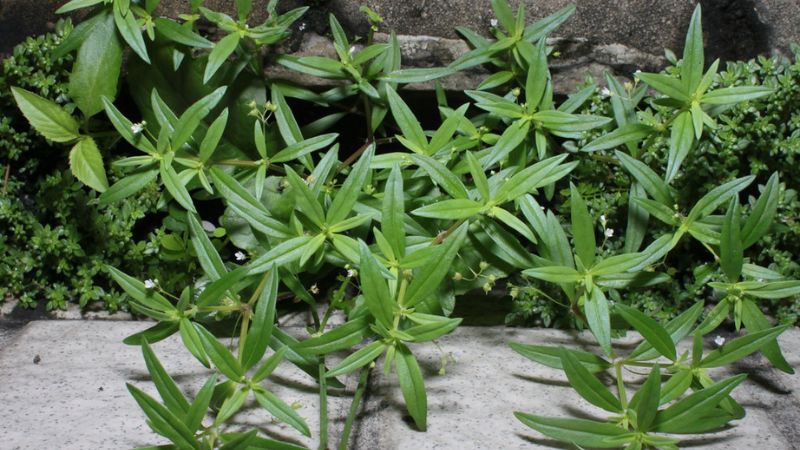 Planting Snake Tongue at Home
Planting Snake Tongue at Home
Caring for Snake Tongue
After planting, ensure regular watering to keep the soil moist, but avoid overwatering to prevent waterlogging. Additionally, fertilize the plant regularly for optimal growth, applying 10-15 tons of manure and 400-500 kg of NPK fertilizer per hectare, mixed with the soil.
After harvesting, wash the snake tongue thoroughly, and either use it fresh or dry it for storage in ziplock bags to maintain its medicinal properties over an extended period.
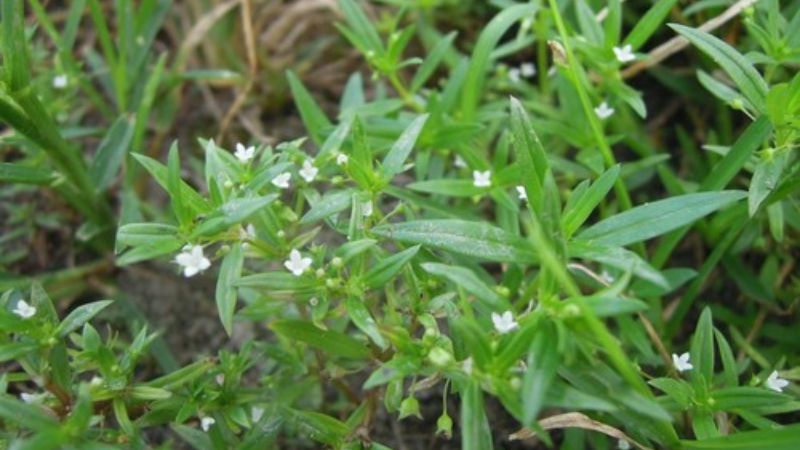 Caring for Snake Tongue
Caring for Snake Tongue
Notes on Cultivating and Caring for Snake Tongue
After sowing the seeds, cover them with a thin layer of soil. Avoid sowing the seeds too densely, as this may hinder germination.
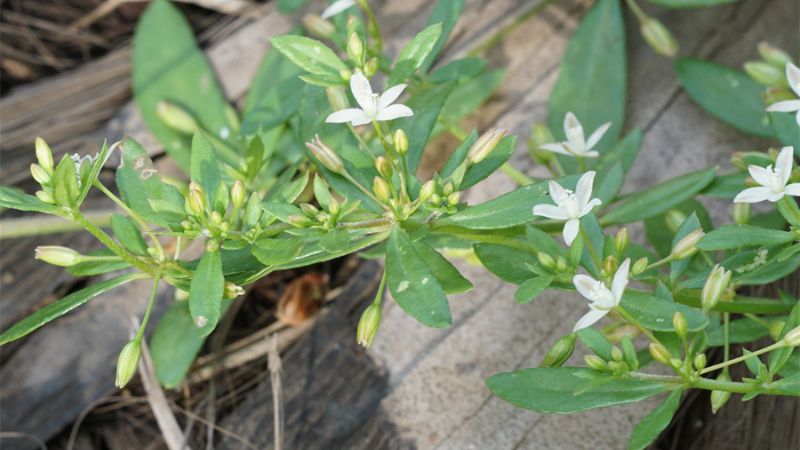 Notes on Cultivating and Caring for Snake Tongue
Notes on Cultivating and Caring for Snake Tongue
4. 7 Beautiful Images of Snake Tongue
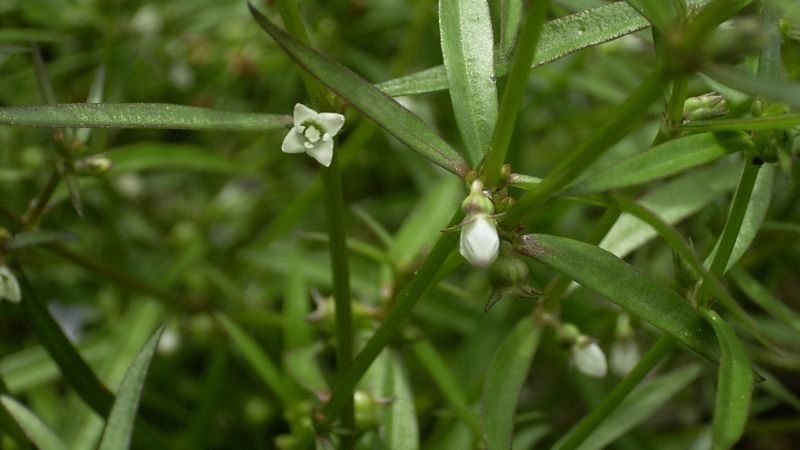 Snake Tongue Plant
Snake Tongue Plant
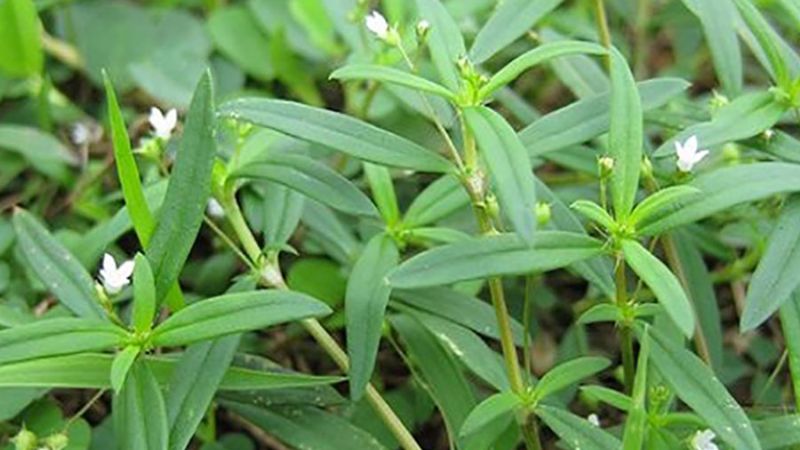 Snake Tongue’s Health Benefits
Snake Tongue’s Health Benefits
 Snake Tongue’s Applications in Medicine
Snake Tongue’s Applications in Medicine
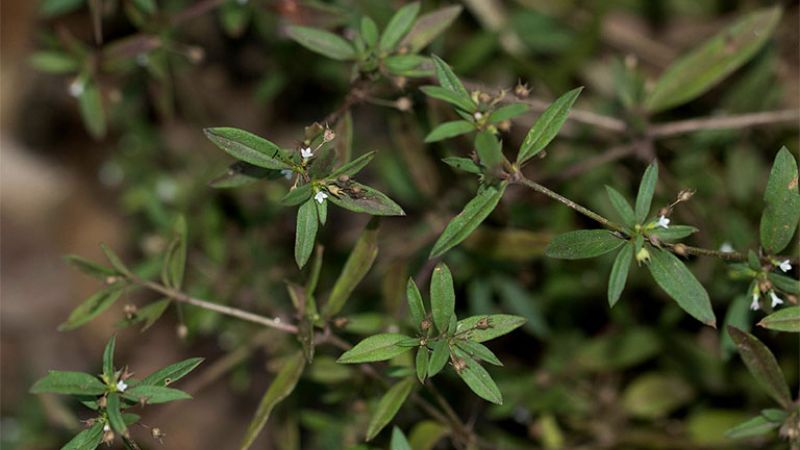 Snake Tongue, a Wild Herb
Snake Tongue, a Wild Herb
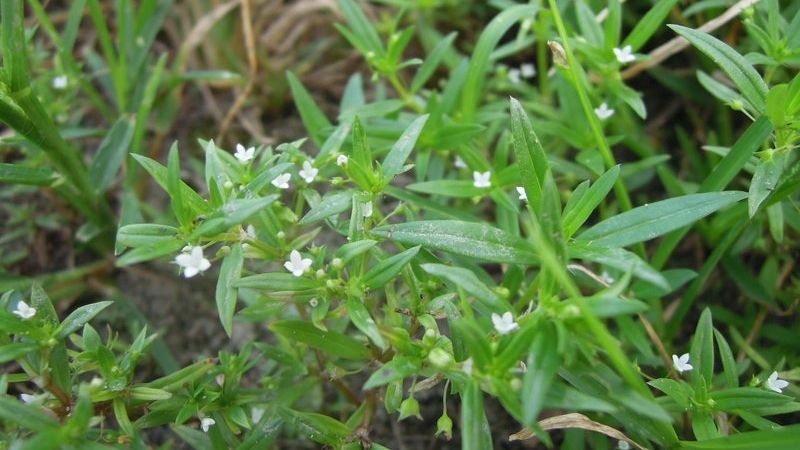 Snake Tongue Plant
Snake Tongue Plant
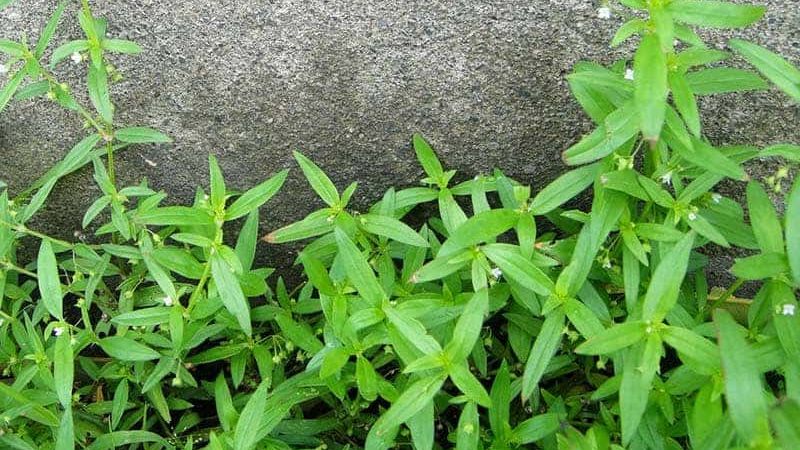 Snake Tongue Along the Roadside
Snake Tongue Along the Roadside
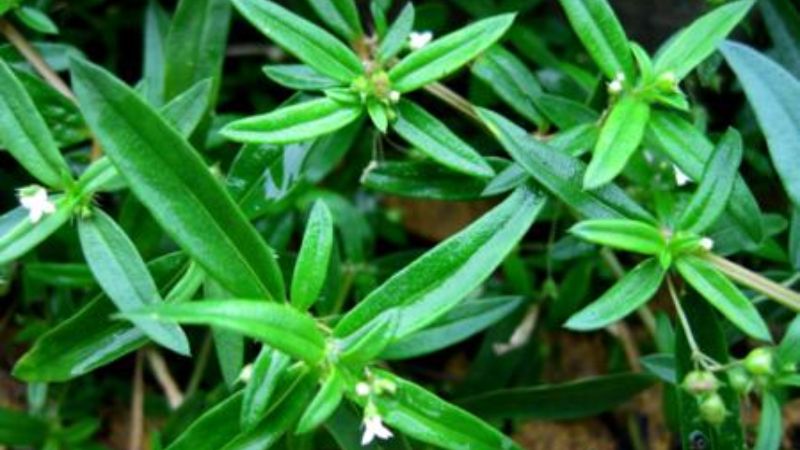
This article has provided an overview of snake tongue, its medicinal uses, cultivation, and beautiful imagery. Stay tuned for more informative articles like this one!


























